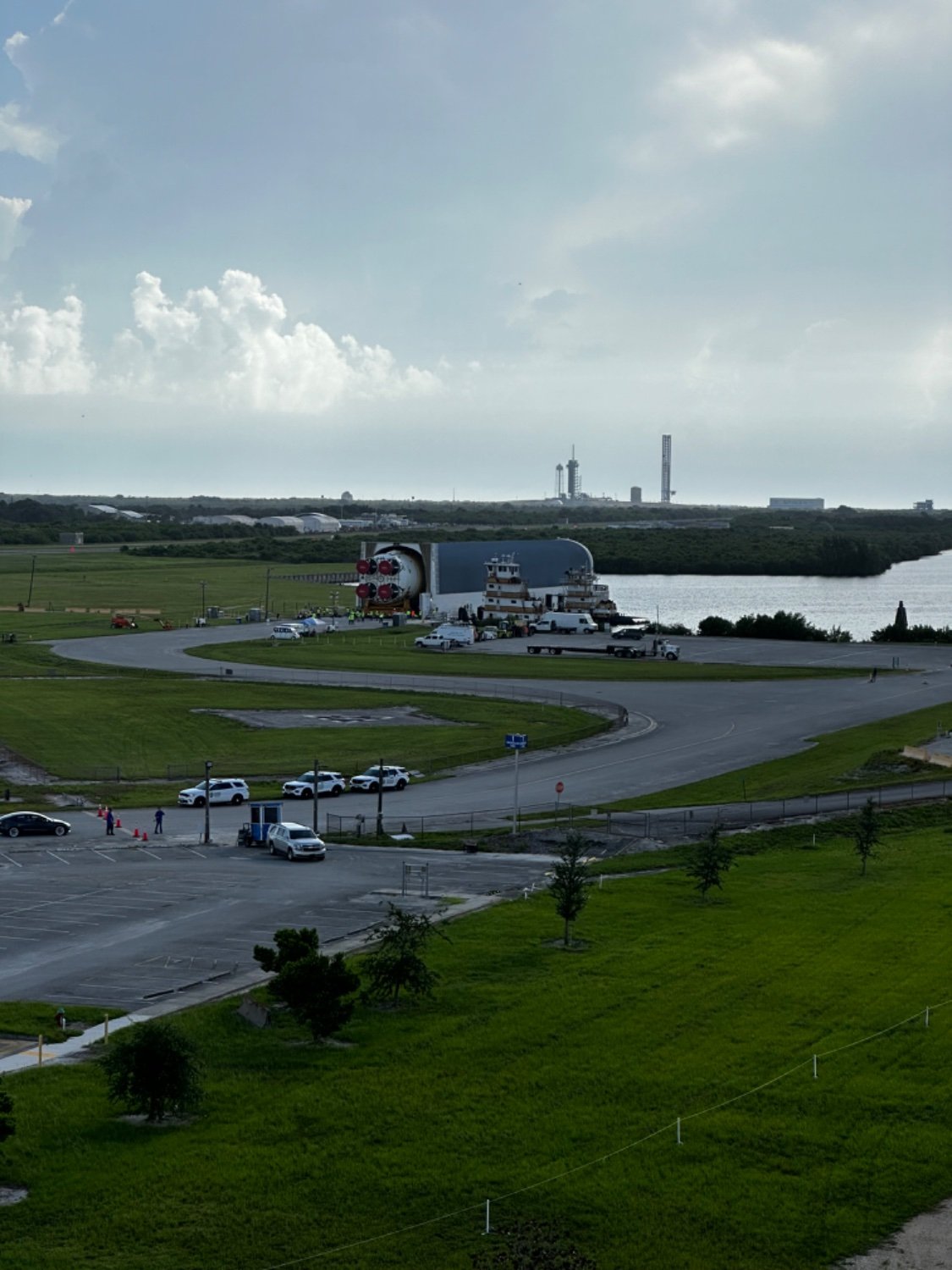Okay, friends. In the spirit of “bringing stuff into the discussion that’s a level lower than press release”, here’s a presentation some of my co-workers authored for the International Astronautical Conference in Paris last fall.
The People
Michelle Rucker is the lead of the Mars Architecture Team - the group that is literally tasked with designing NASA’s approach to a crewed Mars mission.
Torin McCoy is the acting Chief Health and Medical Officer for the lunar-focused Artemis campaign, but he does some Mars stuff too.
James Hoffman has been around NASA’s Mars work for like 20 years. Couldn’t find a bio I liked, but y’all can trust me.
The References
You’ll want to have a few documents in your back pocket to reference as you’re reading.
The Moon to Mars Objectives are tough reading, and if y’all want we can do a deep dive. It describes how NASA is thinking about the things the agency (and all of the commercials and international interests) want to be able to do.
The Moon to Mars Strategy might be even tougher reading, but there’s additional context there on the “how”.
Some Thoughts
Take a look at the concept of operations. If you’d like, you can ask about other ways we might try to accomplish those objectives (can’t promise I can answer, but if NASA published it I’ll try to find it.)
Take a look at the surface mission, and think about the potential challenges of operating with those kinds of constraints. If you’d like, look at the crew recovery for a Crew Dragon and think about the impact of not having that infrastructure or expertise on the surface of Mars.
Think about the duration of the mission, and compare that to the shelf-life of things like food, medicine, and supplies. Forget about the whole space part… think about trying to go off-the-grid terrestrially and what you’d have to do to be successful.
Class is in session. Who wants to do some homework? 😄

Got it.
Space weather is weather - just like on Earth, it’s subject to so many unknowns and unknowable that reliable predictions are somewhere between really hard and totally impossible.
So - on Earth we don’t try to predict the exact weather that a given building is going to experience before we build it - that’d be super hard. Instead, we look at the rational maximum based on what we have seen and add some on top as a margin of safety… and that’s where we get building codes. Same applies in space - we make some measurements and add a factor of safety to cover our uncertainty. We have the same idea of building standards for pretty much everything except, to some extent, radiation.
The problem is that nobody has really found a workable solution for radiation shielding other than the EM shielding effects of large planetary bodies (see: Earth) or “thick shells of dense mass between the sensitive stuff and the outside.” Dense dumb mass is obviously not a great answer because of the launch cost - some have proposed using water, but you’d need a lot to provide adequate shielding… basically, you need a thick enough shell to match the wavelength of whatever radiation you’re shielding from.
I saw something kinda cool at AIAA Ascend from I think UMich that was proposing to basically pump enough electricity into space that the EM field would generate radiation shielding, but that’s like TRL 0 and electricity is also not always easy to come by.
Anyways, since there’s not a good answer for handling radiation, there’s no “building code” and the level of precision on the radiation level experienced is kinda irrelevant from an engineering standpoint. We can’t effectively protect against any amount, so if it’s >0, we have a problem.
I’d also suggest that from a “routinization” perspective you want a consistent building code, not a precise answer - because weather changes over time.